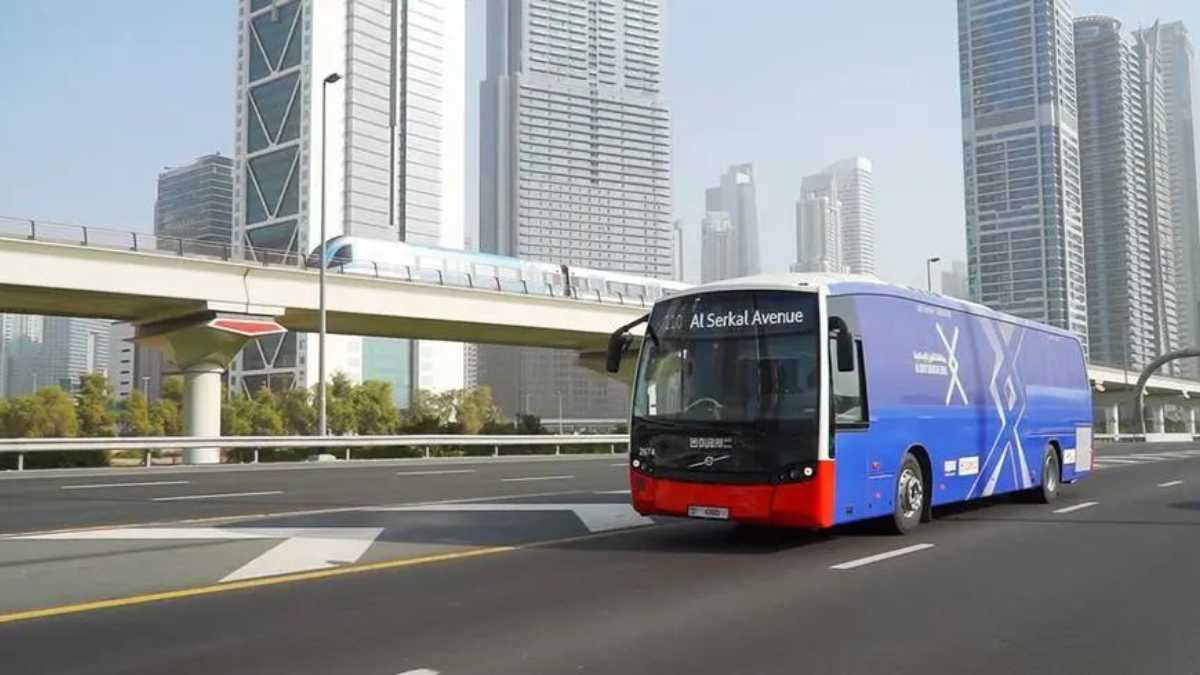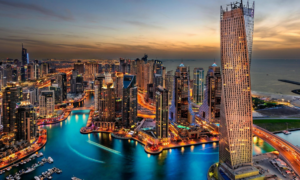Dubai, a bustling metropolis known for its iconic skyline and vibrant lifestyle, is on the cusp of revolutionizing its public transport infrastructure. The Roads and Transport Authority (RTA) of Dubai has unveiled ambitious plans to introduce dedicated taxi and bus lanes spanning a remarkable 13.1 kilometers across six key streets in the city. This initiative marks a significant milestone in Dubai’s journey towards becoming a more sustainable and commuter-friendly city.
Unveiling the Project
The project, slated for completion between 2025 and 2027, aims to extend Dubai’s network of dedicated bus lanes to an impressive 20.1 kilometers. These lanes will be strategically implemented along Sheikh Sabah Al Ahmad Al Jaber Al Sabah, 2nd of December, Al Satwa, Al Nahda, Omar bin Al Khattab, and Naif Streets, key arterial routes that experience heavy traffic congestion during peak hours.
Promoting Sustainable Mobility
Government officials have highlighted that these infrastructural enhancements are geared towards incentivizing residents to opt for public transport over private vehicles. By providing dedicated lanes for taxis and buses, the project aims to alleviate traffic congestion, reduce carbon emissions, and promote sustainable modes of transportation.
Improving Travel Efficiency
One of the primary objectives of the project is to streamline travel times and enhance the reliability of public transport services. By segregating taxis and buses from general traffic, commuters can expect shorter travel times and improved punctuality. This strategic allocation of lanes is poised to make a tangible difference in the daily commute of Dubai’s residents and visitors alike.
Projected Impact on Bus Travel
The expansion of dedicated bus lanes is projected to yield significant improvements in bus travel times during peak hours. Specifically, commuters can anticipate a reduction of up to 59 percent in travel time along Naif Street, 54 percent along Al Satwa Road, 50 percent along Omar Bin Al Khattab Street, and 38 percent along Al Nahda Street. These enhancements will not only make public transport more efficient but also more appealing to commuters seeking a reliable and time-saving mode of transportation.
Enhancing Taxi Services
In addition to benefiting bus commuters, the project is poised to enhance the efficiency of taxi services in Dubai. By providing dedicated lanes for taxis, the RTA aims to ensure smoother flow of traffic, faster pick-up and drop-off times, and overall improved service quality. This strategic intervention is expected to make taxi services a more attractive option for commuters, further reducing reliance on private vehicles.
Leveraging Past Success
The RTA’s decision to expand dedicated taxi and bus lanes builds upon the success of previous initiatives in improving travel efficiency and reducing congestion. Past experiences have demonstrated the efficacy of dedicated lanes in optimizing traffic flow and enhancing the overall commuting experience for residents and visitors alike. By scaling up these efforts, Dubai is poised to set new benchmarks in urban mobility and transportation efficiency.
Conclusion
In summary, Dubai’s ambitious plans to introduce dedicated taxi and bus lanes represent a transformative step towards creating a more sustainable, efficient, and commuter-friendly city. By prioritizing public transport and investing in infrastructure improvements, the RTA is laying the foundation for a future where congestion is minimized, travel times are optimized, and environmental impact is reduced. As these projects come to fruition, Dubai is poised to emerge as a global leader in urban mobility and transportation innovation.

























